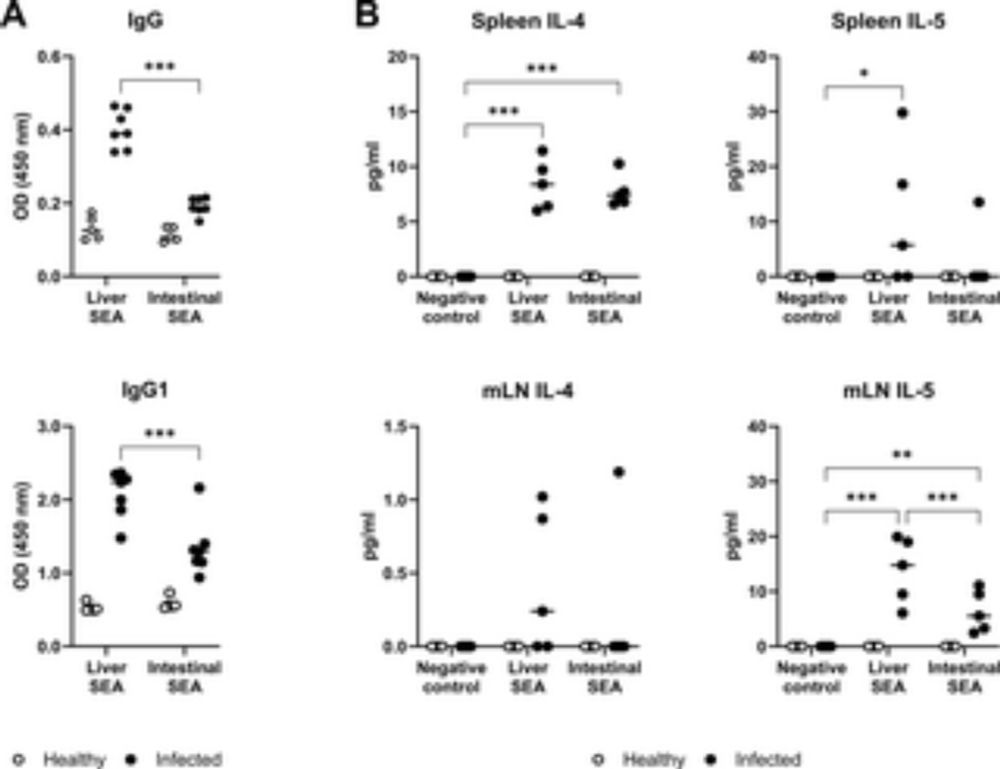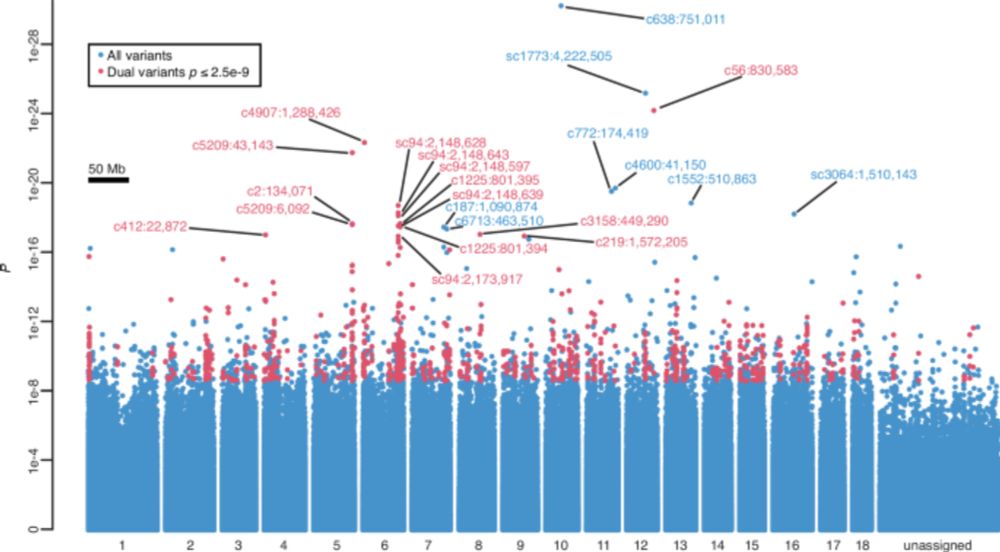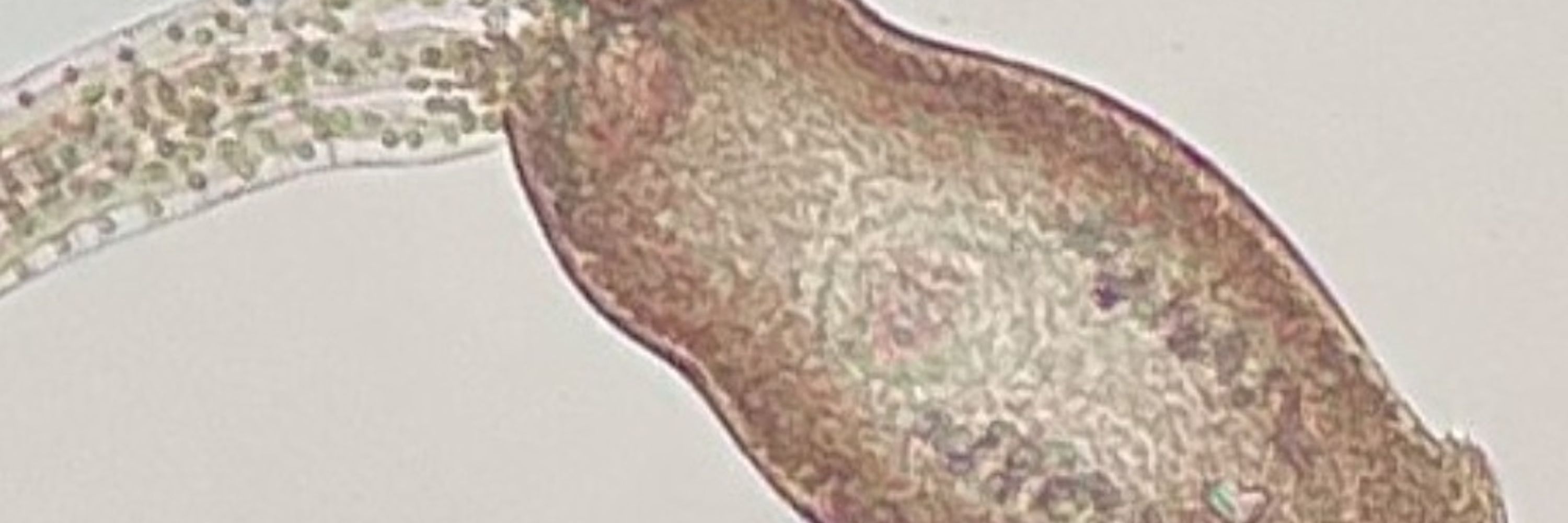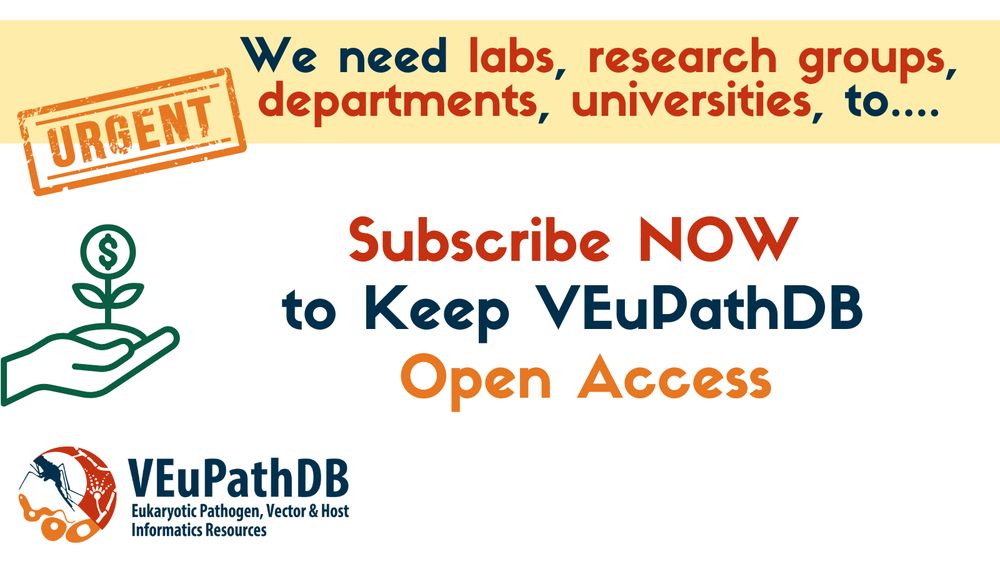Nic Wheeler
@wheelerlab.bio
360 followers
260 following
30 posts
Assistant professor of infectious disease.
UW-Eau Claire Biology. Interested in NTDs, helminths, and Chelsea Football Club. Once submitted to Nature.
Posts
Media
Videos
Starter Packs
Nic Wheeler
@wheelerlab.bio
· Aug 21
Nic Wheeler
@wheelerlab.bio
· Aug 21
Nic Wheeler
@wheelerlab.bio
· Aug 21
Nic Wheeler
@wheelerlab.bio
· Aug 21

Winners vs. losers: Schistosoma mansoni intestinal and liver eggs exhibit striking differences in gene expression and immunogenicity
Author summary The egg of Schistosoma mansoni is the main causative agent of pathologies of chronic schistosomiasis, a neglected tropical disease with a significant global health burden. Pathology is ...
journals.plos.org
Nic Wheeler
@wheelerlab.bio
· Aug 21
Nic Wheeler
@wheelerlab.bio
· Aug 21
Nic Wheeler
@wheelerlab.bio
· Aug 21

Tissue-specific distribution of eggs in the definitive host drives transcriptomic and behavioral differences in Schistosoma mansoni miracidia
Schistosomiasis is a neglected tropical disease caused by human-infective schistosomes (Trematoda: Schistosoma). Intestinal schistosomiasis in sub-Saharan Africa and the Neotropics is caused primarily...
www.biorxiv.org
Reposted by Nic Wheeler
Tom Pennance
@schistosoma.bsky.social
· Jul 27

Genes linked to schistosome resistance identified in a genome-wide association study of African snail vectors - Nature Communications
A genome wide association study of an African vector of schistosomiasis revealed two genomic regions associated with resistance to Schistosoma mansoni. These findings will inform novel control strateg...
doi.org
Nic Wheeler
@wheelerlab.bio
· Jul 3
Nic Wheeler
@wheelerlab.bio
· Jul 3
Nic Wheeler
@wheelerlab.bio
· Jul 3

Quantitative ethology of schistosome miracidia characterizes a conserved snail peptide that inhibits penetration
Over 700 million people are at risk of contracting schistosomiasis due to regular exposure to freshwater sources where infected snails, the obligate intermediate hosts of schistosomes, are endemic. Al...
www.biorxiv.org
Nic Wheeler
@wheelerlab.bio
· Mar 24
Nic Wheeler
@wheelerlab.bio
· Mar 17
Nic Wheeler
@wheelerlab.bio
· Mar 17

A graphical user interface for wrmXpress 2.0 streamlines helminth phenotypic screening
Image-based phenotypic screening is a fundamental technique used to better understand the basic biology of helminths and advance discovery of new anthelmintics. Miniaturization of screening platforms ...
www.biorxiv.org
Nic Wheeler
@wheelerlab.bio
· Feb 12
Nic Wheeler
@wheelerlab.bio
· Feb 8










